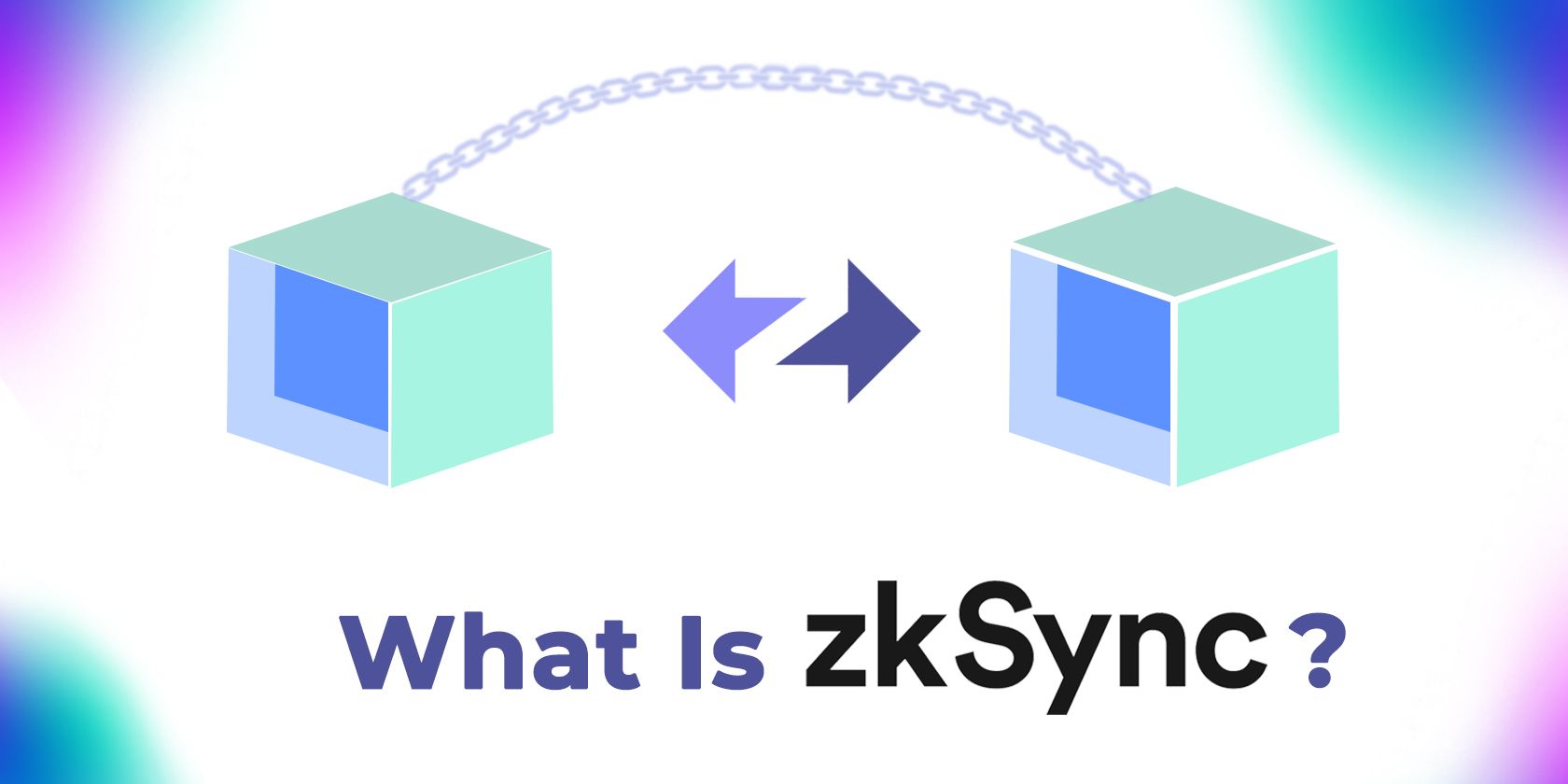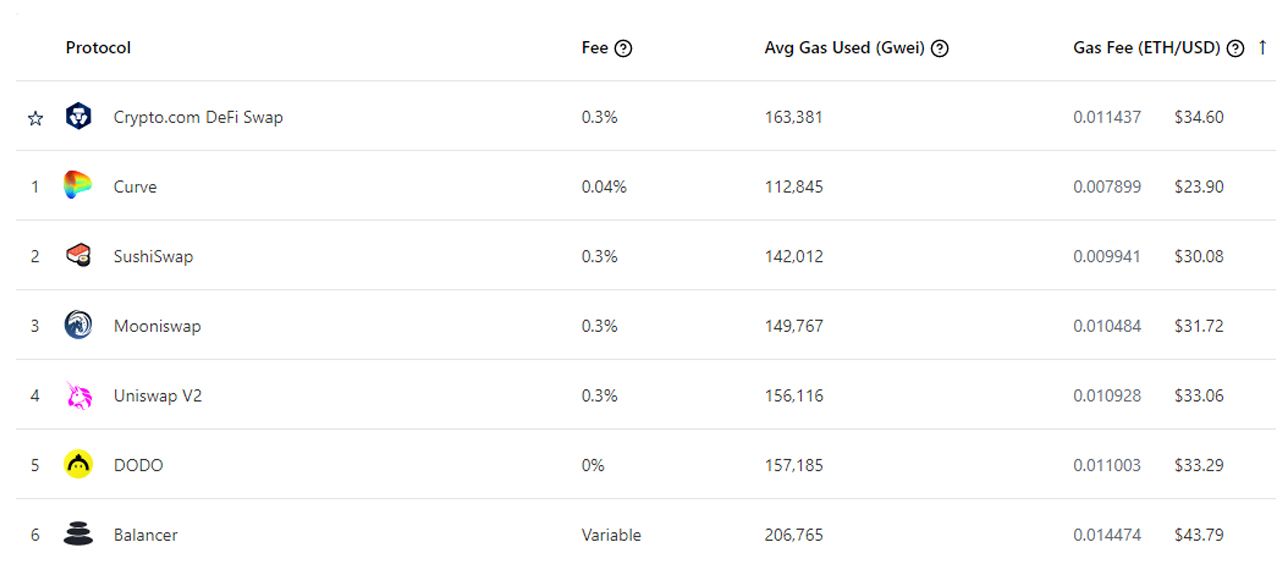
As Ethereum draws more people to its smart contract-powered DApps, from NFT marketplaces to lending and gaming, its network gets more congested. This manifests in low transaction speed and high transaction fees. To alleviate the congestion, Ethereum employs a number of parallel blockchain highways, called layer 2 scaling solutions.
One of them is zkSync, one more weapon in Ethereum’s arsenal against competing smart contract platforms such as Solana or Avalanche. So, what is zkSync, and how does it help to reduce Ethereum gas fees?
Layer 2 Solutions to the Rescue

As Ethereum continues its transition to ETH 2.0, it needs help in retaining customers. Thus far, they have been repelled by exorbitant ETH gas fees. To give you an idea, more complex interactions with Ethereum, such as staking and token swapping, cost an arm and a leg.
For simple transactions, such as transferring a token from wallet A to wallet B, fees are much smaller, but they are still way above any traditional non-blockchain service like Western Union. Suffice to say, this is quite the opposite of the Decentralized Finance (DeFi) spirit, which was supposed to unbank the world.
This year, Ethereum is on its way to dock its old proof-of-work network with a proof-of-stake Beacon Chain. Next year, Ethereum should integrate sharding. Both are major upgrades that are poised to lower its transaction fees significantly.
In the meantime, Ethereum must plug into a number of roads to redirect traffic from its main highway. This is why Ethereum’s main chain is called layer 1, while additional roads that take the traffic load are called layer 2 scaling solutions.

Of the top 10, zkSync is in seventh position as a specialized payments layer 2 solution with $88.3 million in total value locked inside its smart contracts.
What Is zkSync and How Does It Help Ethereum Transactions?
As you can see from the chart above, zkSync is powered by ZK Rollup technology, which is a good place to start unraveling its features. Just like for zkSync, ZK stands for Zero-Knowledge, while Rollups represent smart contracts.
ZK-Rollups are smart contracts that have a singular purpose. They roll up hundreds of transactions off the main layer 1 chain and fuse them into a single transaction. Then, they post this transaction back to the main chain. The zero-knowledge part is a highly complicated cryptographic solution.
Suffice to say, ZK means that party A can prove to party B that value X is true, but without disclosing to party B any other info other than the fact that value X is true. The following video is a useful explanation as to how zero-knowledge proofs work in regard to blockchain technology.
What is important to keep in mind is that both roll-up and zero-knowledge transactions spare the network much data bandwidth. Furthermore, ZK rollups don’t compromise blockchain’s security because proof-of-transactions still happen on layer 1. Therefore, by bundling up transactions, zkSync ensures:
- Much lower gas fee: Up to 1/100 of Ethereum’s main chain fee.
- Higher throughput speed: Up to 2,000 transactions per second (tps) vs. Ethereum’s current 13–17 tps. This is on par with the Visa payment network, which is quite impressive.
- Security: zkSync inherits Ethereum’s security, which has never gone offline, unlike Solana and other competitors.
- Token transfer: Near-instant transfer of tokens between zkSync’s layer 2 and Ethereum’s layer 1 DApps.
Can You Use zkSync Right Now?
Just like with Arbitrum or Loopring, these are networks attached to Ethereum as layer 2. They have their own versions of DApps, imported from Ethereum’s main chain into their ecosystems. zkSync is still onboarding those DApps, but pretty much all major ones are set to appear in zkSync’s offering. You can check the complete list here. Presently, you can use zkSync via the Argent wallet.
Likewise, the ZigZag decentralized exchange uses zkSync to enable cheap token swaps, something that is sorely missed on the likes of Uniswap. Case in point, you can already connect your MetaMask wallet to zkSync wallet. From there, you avoid ETH gas fees using the available zkSync-powered DApps like ZigZag.
Given the fact that Matter Labs, the team in charge of zkSync, receives funding from the Ethereum Foundation itself, it is safe to say that more affordable and fast DApps are set to launch any time soon, and projects like zkSync will help to keep Ethereum’s infamous gas fees low.
Read Next
About The Author
This news is republished from another source. You can check the original article here

Be the first to comment